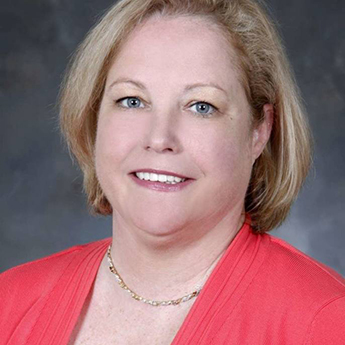Root Cause Analysis (RCA) in the Laboratory - Addressing Non-Conformances
This RCA webinar will define a specific set of steps and associated tools that you can use to determine the primary cause of non-conformance in your laboratory. You will learn to determine what happened, why it happened and how to reduce the likelihood of that non-conformance happening again.
Learn to determine the Root Cause origin of a problem. You will learn a specific set of steps, with associated tools, to find the primary cause of the problem, so that you can:
- Determine what happened
- Determine why it happened
- Figure out what to do to reduce the likelihood that it will happen again
RCA assumes that systems and events are interrelated. An action in one area triggers an action in another, and another, and so on. By tracing back these actions, you can discover where the problem started and how it grew into the symptom you're now facing.
- Defining the Problem
- Examining the Data
- Identifying Possible Causal Factors
- Identifying the Root Cause(s)
- Taking Corrective Action
- Verifying the effectiveness of the corrective action
Root Cause Analysis (RCA) is a popular and often-used technique that helps people answer the question of why the problem occurred in the first place.
- When you have a non-conformance in the laboratory, how do you approach it?
- Do you jump in and start treating the symptoms?
- Do you stop to consider whether there's actually a deeper problem that needs your attention?
If you only fix the symptoms – what you see on the surface – the problem will almost certainly happen again, which will lead you to fix it, again, and again, and again.
If, instead, you look deeper to figure out why the non-conformance is occurring, you can fix the underlying systems and processes that caused it. Root Cause Analysis (RCA) is a popular and often-used technique that helps people answer the question of why the non-conformance occurred in the first place.
This webinar will provide valuable assistance to:
- Microbiologists
- QA managers
- Laboratory managers
- Laboratory supervisors
- QC practitioners
Michael Brodsky has been an Environmental Microbiologist for more than 41 years. He is a Past President of the Ontario Food Protection Association and AOAC International. He serves as Chair for the AOAC Expert Review Committee for Microbiology, as a scientific reviewer in Microbiology for the AOAC OMA and the AOAC Research Institute, as a reviewer for Standard Method for the Examination of Water and as a chapter editor on QA for the Compendium of Methods in Microbiology. He is also a lead auditor/assessor in microbiology for the Canadian Association for Laboratory Accreditation (CALA) and is a member of the Board of Directors.
Upcoming Webinars
























































































